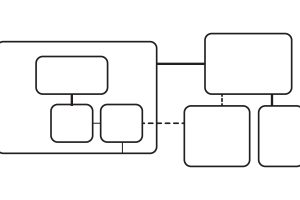ARE Note
This page is produced exclusively as an ARE note. While it’s always best to learn as much as you can, the Aweahnee Principles have been digested and take a life of their own in practice, and many are ‘obvious’ in today’s world, understandings, and practice. However, historically, for the AREs, you have needed to know about this event.
Ahwahnee Principles
At the Ahwahnee Hotel in 1991, a group of planners, architects and community leaders established new sustainable planning ideas. Urban and suburban development severely impair our quality of life. Increases in pollution, dependence on cars, and loss of open space affect humans negatively.
Community Principles:
- Planning should be in the form of complete and integrated communities containing: housing, shops, workplaces, schools, parks, civic facilities that all help daily life function
- Community size should be a reflection of the ability for the housing, jobs, etc to all be within easy walking distance of one another
- As many activities as possible should be within walking distance of transit stops.
- Community should contain a diversity of housing types to support a wide range of citizens (all economic levels)
- Businesses should provide a range of jobs
- Location and character should be consistent of the larger transit network
- Community should have a center focus that combines commercial, civic, cultural, recreations
- Community should contain an ample supply of specialized open space (parks, gardens, etc)
- Public space should encourage use day and night
- Community and clusters of communities should have well defined edges that get permanently protected from wildlife
- Streets , pedestrian paths, bike paths, should contribute to a system of completely connected network that encourages use
- Wherever possible, terrain, drainage, vegetation, should be preserved
- Community design should help conserve resources and reduce waste
- Communities should use natural drainage, drought resistant vegetation, landscaping, recycling
- Street and orientation of buildings should be to reduce energy use
Regional Principles:
- Regional land-use should be integrated within a larger transportation network built around transit (rather than freeways)
- Regions should be bounded by and provide a continuous system of greenbelt/wildlife corridors
- Regional institutions and services (govt, stadiums, etc) should be located in the urban core
- Materials and methods of construction should be specific to the region
Implementation Principles:
- General plan should be updated to incorporate the above principles
- Rather than allowing developer-initiated piecemeal development, local governments should take charge of planning
- Prior to any development, a specific plan should be developed off these principles
- Plans should be developed through an open process and participants in the process should be provided visual models of all planning principles.




Leave a Reply
You must be logged in to post a comment.